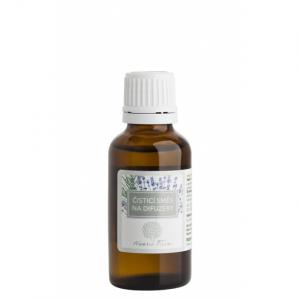Common pear (Pyrus communis)
Other names: Pear
Harm score: 1 (Natural substances)
The pear tree (Pyrus communis), commonly called the pear, is a fruit tree native to southern and central Europe and southwest Asia. This tree grows up to 20 metres high and is popular for its sweet and juicy fruit. Pears are not only tasty but also rich in vitamin C, K and B6. Other important substances that the pear contains are fiber, potassium, calcium and iron. However, to get the most out of pears, we should consume their skin as it is the skin that contains the most fibre.
There is a wide range of uses for pears. They can be eaten fresh or processed into different types of products. Some of the most popular are pear jam, marmalade, compote and puddings. Pear cider, known as gingerbread, or pear cider is also very popular. Let's not forget dried pears, which are a great snack on the go. Also very important is the production of pear brandy, a distillate made from pears that is very popular. Pears are also often used in confectionery and bakery, for example in fruit cakes, strudels, pies or as a filling for buns and strudels. The properties of pears can expand the flavour spectrum of many recipes, adding sweetness and juiciness.
Common pear (Pyrus communis) can be found in the following products

Prebiotic solid shampoo with anti-pollution protection Dandruff Control - 50 g
Product detail
Bio Pink Rejuvenating Cream 40 ml
Product detail
Raw Bio Opuntia Oil roll-on 5 ml
Product detail
Hand cream with verbena BIO (50 ml) - with citrus-herbal scent
Product detail
Nourishing hand cream with patchouli BIO (50 ml) - with oriental woody scent
Product detail